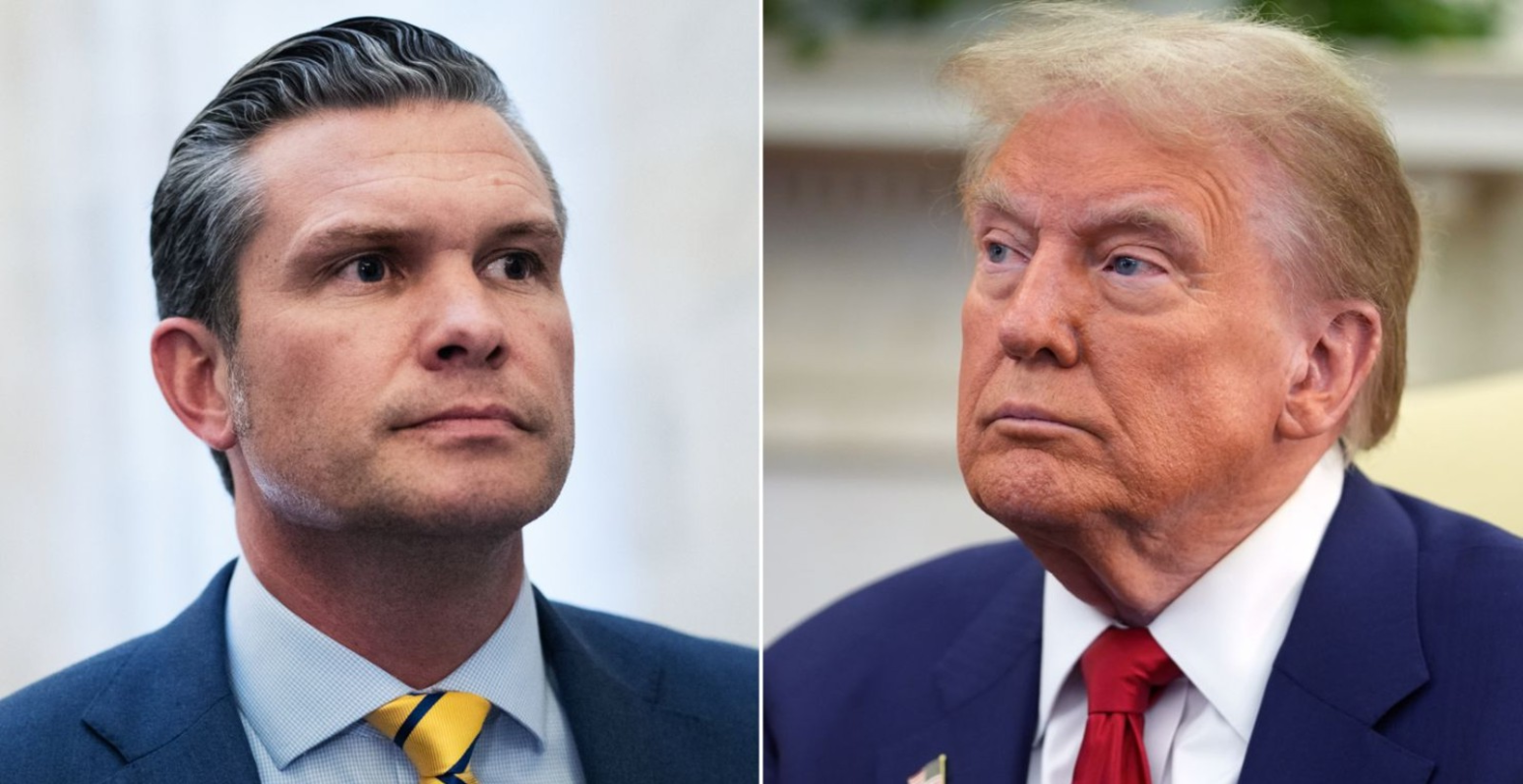Secretary Hegseth Defended by President Trump After Leaked Signal Chat Incident
Introduction
A recent incident within the Trump administration has sparked controversy following the accidental leak of sensitive information about a military operation in Yemen. The leak occurred when a group chat on Signal, a secure messaging app, was inadvertently shared with a journalist. At the center of the issue is Secretary of Defense Pete Hegseth, who has faced scrutiny from various lawmakers over the leak. This situation has raised important questions about the handling of sensitive information, the role of digital security platforms, and how the administration addresses issues of national security and accountability.
In this article, we explore the events surrounding the leak, focusing on the details of the military strike in Yemen, the response from President Trump, the legal concerns surrounding state secrets, and the broader implications for digital security in government operations.
The Leaked Signal Chat and the Yemen Military Operation
On March 15, a Signal group chat intended to provide updates on a military strike in Yemen became the focal point of controversy. The chat, which was meant for high-ranking officials in the Trump administration, included crucial operational details such as timing, weaponry, and mission scope. However, a mistake occurred when journalist Jeffrey Goldberg, the editor of The Atlantic, was accidentally included in the chat. This error, traced back to a miscommunication by White House National Security Advisor Mike Waltz, led to the unintentional disclosure of sensitive information. Goldberg later published the contents of the chat on March 16, prompting widespread attention and debate.
President Trump’s Defense of Secretary Hegseth
In response to the growing criticism, President Trump publicly defended Secretary Hegseth, asserting that the leak was the result of an administrative error and not the Secretary’s fault. Trump emphasized that Hegseth had no involvement in the mistake and reinforced his view that the military strike in Yemen had been a success. By framing the incident as an isolated error, Trump sought to shift focus away from the leak and highlight the positive outcomes of the operation, portraying it as a demonstration of the administration’s effectiveness in military matters.
The President’s defense of Hegseth also served to downplay the potential risks associated with the leaked information, framing it as an unfortunate but inconsequential mistake. This narrative aimed to protect the reputation of the administration and avoid further scrutiny regarding the leak.
The Role of Secure Digital Platforms
Encrypted messaging platforms like Signal are integral to modern government communications due to their strong security features. Signal is known for its end-to-end encryption, self-destructing messages, and overall robustness in safeguarding sensitive data. Given these features, many government agencies, including the military, have relied on Signal for secure, real-time communication.
However, the recent incident highlights that even the most secure platforms are vulnerable to human error. Despite Signal’s advanced encryption and message protection, the accidental inclusion of a journalist in a private chat led to the disclosure of highly sensitive information. This event underscores the need for heightened diligence in communication practices, even when using the most trusted digital tools.
Legal and Security Considerations
The legal aspects of this situation center on the state secrets privilege and the broader implications for transparency and accountability in government actions. The state secrets privilege allows the government to withhold certain information to protect national security, and in this case, it was invoked to defend the confidentiality of military operations. However, the leak has sparked debate about the balance between protecting sensitive information and ensuring transparency in government actions, particularly when it comes to the military and national security matters.
Additionally, the role of the judiciary in ensuring that national security policies adhere to constitutional standards has come under scrutiny. For example, Chief Judge James Boasberg’s demand for transparency regarding deportation flights shows how the judiciary seeks to ensure that government actions comply with established legal principles, even in national security matters.
Lessons for Digital Security
The Signal chat leak provides an important lesson in digital security for government agencies. Even the best encryption technologies cannot prevent human error, and this incident has highlighted the need for improved communication protocols. Agencies must reinforce their internal processes to ensure that sensitive information is shared only with authorized individuals and that digital platforms are used with the utmost care.
To prevent future leaks, agencies may consider implementing more robust access control mechanisms, including identity verification for participants in secure communications, as well as more stringent monitoring and auditing systems. Moreover, comprehensive cybersecurity training for personnel could help reduce the risk of errors in handling sensitive information.
Conclusion
The controversy surrounding the leaked Signal chat and the Trump administration’s defense of Secretary Hegseth illustrates the challenges of balancing national security with transparency and accountability. While the administration defends its actions and emphasizes the success of the military operation, critics raise concerns about the implications of leaking sensitive information.
This incident underscores the importance of digital security in government operations and highlights the need for continual improvements in communication protocols. As technology evolves, so too must the practices surrounding its use, particularly in high-stakes environments such as national security and military operations. Moving forward, it is crucial for government agencies to learn from this experience and implement stricter security measures to protect sensitive information while maintaining transparency and accountability to the public.
